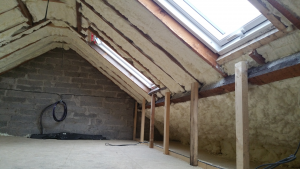Attic Spray Foam Insulation Rathdrum
3 Bed Semi Attic Insulation Rathdrum
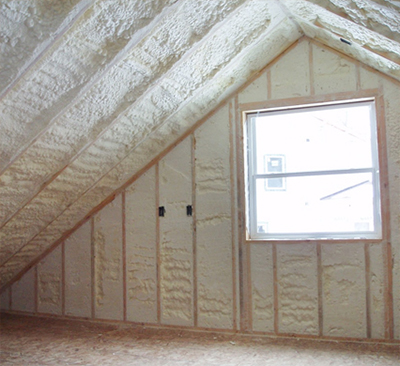
Attic Insulation Rathdrum
Spray foam can be useful in many conditions. Spray foam is useful in roofs, windows, attics, underfloor heating systems, interior and exterior walls, as well as roofs.
Spray foam insulation will keep your home warm during winter and cool in summer. Because of its “Cell” structure and composition, it allows moisture-laden air to escape. This helps the house breathe.
Benefits of Spray Foam Insulation for your home
Other applications include farm houses, industrial and commercial buildings, sheds as well shipping containers and vessels.
It creates an airtight barrier around your home, keeping out rain and cold winds. This is a major disadvantage over other insulation products currently on the market, as it allows heat to escape from your home.
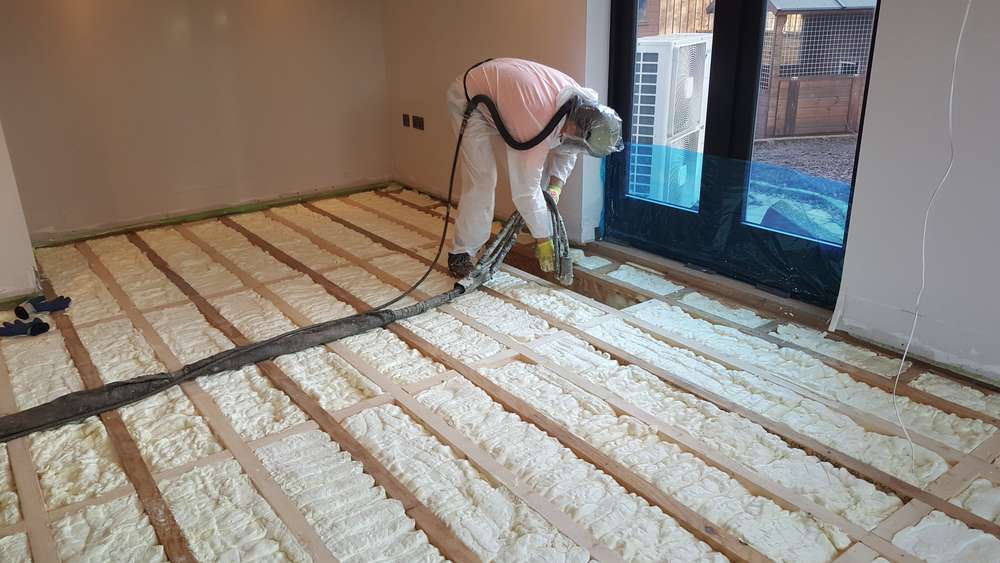
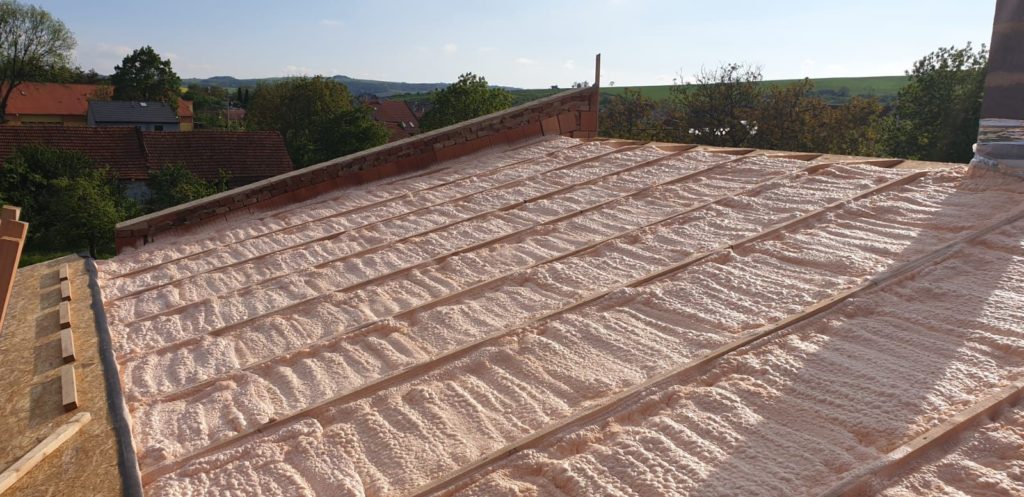
Cost Price Of Spray Foam Insulation
Spray foam insulation is without doubt the most efficient insulating material today. It is more efficient than traditional insulating materials like fiberglass, rock wool and cellulose.
Spray foam insulation is also a good sound barrier. This reduces outside noise in the home. This is especially advantageous for homes or companies that are located in densely populated cities or near airports.
Insulate Your Rathdrum Property Properly
It is used to eliminate sound traveling from one room into another, or across floors in the interior walls. It is particularly useful in bathrooms, where the noises of flushing toilets and showers can be annoying.
It is simple to use and won’t cause any disruption to daily life.
An Irish traditional home can be insulation in one day.
Encasing and isolating pipes reduces noise in the walls or under-floor.
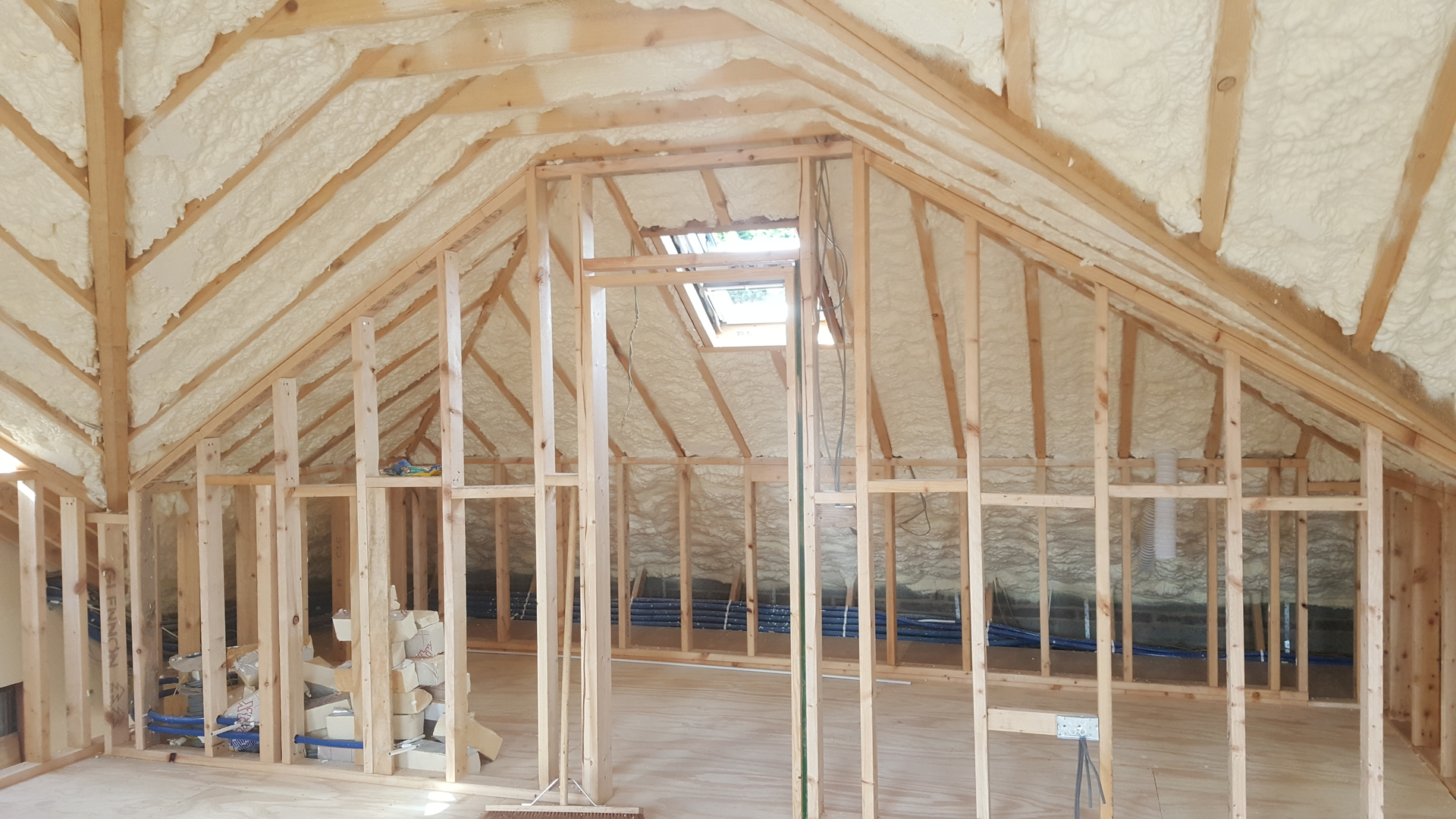
You will need to cover the joists with boards if you intend to store items in the attic or loft. Insulation will not be thick enough if you insulate only between the joists.
It reduces sound transference by up to 50% when used in walls, attics and roofs. Its dense composition and the application process creates an entirely airtight environment. It blocks sound from outside, including traffic, pedestrianised streets, and areas near airports.
It also blocks sounds from a structure’s walls from reaching other floors, including the floors below. Spray foam insulation will dramatically reduce the sound levels of many noises within a structure, including talking, hair dryers (phones), office computers and printers as well as running showers, laundry machines, clothes dryers.
Spray foam insulation is flexible but densely packed with millions if minute air bubbles. This will absorb vibrations from the floor as well as the sound waves. Spray foam insulation reduces the transmission and propagation of airborne noises by sealing every crack and crevice.
Spray foam insulation can also dampen, if not completely eliminate, sounds from floors such as water moving through pipes. The insulation completely surrounds pipes to prevent them from moving and keeps them secure. It also prevents hot water from flowing through the pipes, which can cause the wooded beams to creak, crackle and expand.
It also keeps heat from escaping to upper floors, which causes lower floors to become colder, which in turn makes them require more heat to keep warm. The upper floors become too hot.
It is possible to insulate lofts if they are accessible and have no damp or condensation issues.
Uninsulated homes let 25% of their heat go through the roof. Insulating your flat roof, attic, or loft can help reduce heat loss and decrease your heating costs.
You can use mineral wool insulation rolls if you have easy access and your loft joists remain regular. The insulation is first laid between horizontal beams called joists. Once that layer has been laid, another layer of mineral wool insulation is added at right angles.
In order to have enough insulation, raise the floor so that enough mineral wool can be fitted below the new floor. You can either fit timber battens between the joists or buy plastic legs that are specifically designed to fit the joists. It is essential to allow ventilation between insulation and boards in order to prevent condensation.
Do not squash the mineral Wool when fitting the boards onto the top. This will cause it to lose its insulation properties.
Insulation prevents heat from escaping living spaces. It will make loft space more comfortable and less humid. This could lead to dampening or worsening existing condensation or damp problems. Loft insulation can be done by the homeowner, but you might need to increase the ventilation.
The insulation can be fitted between and over the roofing rafters, which are the flat timbers that support the roof. You have two options: rigid insulation boards that are carefully cut to your specifications or foam insulation spray between the rafters.
Some companies offer to fix a roof that is leaking or damaged by applying foam insulation directly to the roof. This will not solve the problem. We don’t recommend this. You must ensure that your roof is in good condition before you apply insulation.
If you are looking to use your loft as an indoor heating room, you can create a space in the roof.
If you’re planning on using your loft as a living room, or it’s being used already, make sure all walls and ceilings that divide a heated and unheated space have insulation.
For your home to remain fresh, dry, healthy and clean, it needs air flow. Good installers will ensure that there is no obstruction or sealing of any inadvertent ventilation. You should not cover vents, grilles, or airbricks when you are doing DIY insulation.
If the loft is not easy to access, a professional can install blown insulation. This specialist will use special equipment that can blow insulation into difficult spaces. They may use mineral wool fibres, treated cellulose foam or polyurethane.
Flat roof insulation is a great way to save money on heating, as well as loft insulation. The size of your flat roof will affect the savings.
You can probably insulate your loft yourself if it is accessible and does not have damp problems. A professional installer is required for cases where damp problems are present or complex insulation systems are needed.
Cold draughts could be caused by the cooler loft air. Fit an insulated roof hatch and place strips of draught-exclusion material at the hatch edges.
Insulating the ground floor of your property is a great option to keep it warm and also lower your emissions.
Insulating your loft is a great way to cut down on heating costs and save energy. It also keeps the home warm in winter. Even if the loft already has insulation in place, it is essential to use it at its best.
Loft floor rolls – These are the more traditional option. They are rolled along the loft’s floors. They are less difficult to lay than insulated boards. They are available in loose and encapsulated rolls (blanket) and can be used for both top and bottom layers. To create a storage platform, they can be boarded using stilts.
These are not recommended items or tips that were included in the list of tools and materials. It is important to make sure that you have all the information you need before you start insulation your loft floor.
Although insulation is present in many homes, it might not be as effective as you would like. This could happen if the insulation isn’t topped up regularly or has been compressed by storage board. In some older properties, the loft floor may only be 25mm deep.
It doesn’t have to be removed from your loft floor insulation. To get the recommended amount, just add one to three layers more. This article will cover more details on the amount that is recommended.
The loft floor’s joist spacings will influence the width roll that you choose. This is due to the insulation being rolled between these beams. We recommend selecting one that is close to your joist spacing. It will reduce the need to trim.
The insulation’s required thermal resistance. Alternativly, you can measure the insulation’s thickness if you are only laying loft rolls. This section will provide you with information on how to calculate the thickness of your loft floor insulation.
Areas We Service
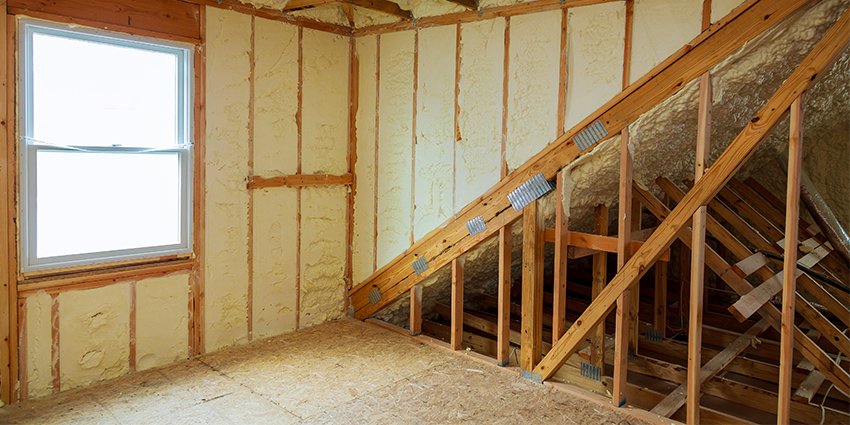

Parkhill, Dublin
01 5255297
